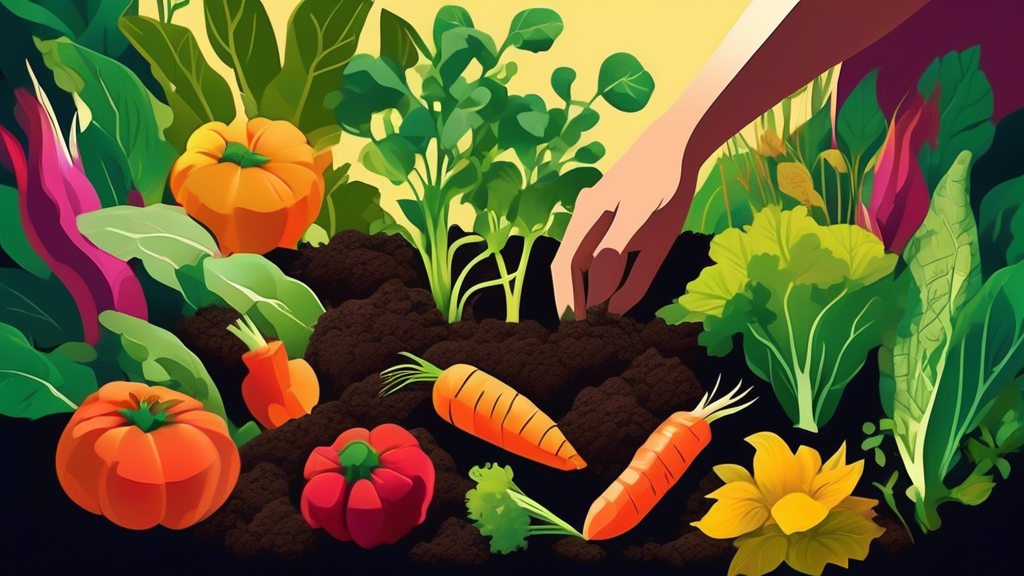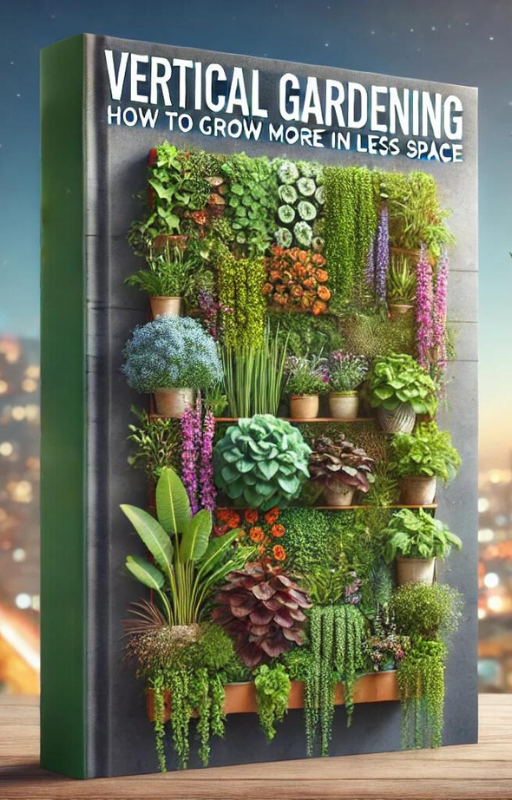Introduction
In the world of gardening, there exists a fascinating symbiotic dance between plants, one that can significantly elevate your gardening game – companion planting. This age-old technique involves strategically planting different species together to enhance growth, deter pests, and ultimately, improve soil health. This article delves into the intricate relationship between companion planting and soil health, providing you with the knowledge to cultivate a thriving and sustainable garden.
Understanding the Foundation: Soil Health
Before we unearth the secrets of companion planting, let’s establish a solid understanding of soil health. Healthy soil is the bedrock of a productive garden, a complex ecosystem teeming with life. It’s not merely dirt; it’s a living, breathing entity composed of:
- Minerals: Providing essential nutrients for plant growth.
- Organic Matter: Decomposed plant and animal matter that enhances soil structure, water retention, and nutrient content.
- Water: The lifeblood of plants, transporting nutrients and facilitating growth.
- Air: Crucial for root respiration and the survival of beneficial soil organisms.
- Organisms: A diverse array of microbes, fungi, and invertebrates that break down organic matter, cycle nutrients, and improve soil structure.
Companion Planting: A Symphony of Benefits
Imagine your garden as an orchestra, with each plant playing a unique instrument. Companion planting is the art of composing a harmonious symphony by pairing plants with complementary strengths. Here’s how this practice contributes to a healthy soil ecosystem:
1. Pest Control: Nature’s Own Defense Force
Pests can wreak havoc on a garden, but companion planting offers a natural and effective defense mechanism. Certain plants release scents that repel unwanted insects, while others attract beneficial predators that keep pest populations in check. Some classic examples include:
- Marigolds: Their pungent aroma deters aphids, whiteflies, and even nematodes, microscopic worms that can damage plant roots.
- Basil: A culinary favorite that repels tomato hornworms, whiteflies, and mosquitoes, making it an excellent companion for tomatoes and other susceptible plants.
- Nasturtiums: These brightly colored flowers act as trap crops, luring aphids and other pests away from more valuable plants.
2. Nutrient Cycling: From Soil to Plant and Back Again
Just like us, plants require a balanced diet to thrive. Different plants have different nutrient needs, and companion planting can optimize nutrient availability in the soil. For instance:
- Legumes: These nitrogen-fixing powerhouses, such as beans and peas, convert atmospheric nitrogen into a form readily available to plants, enriching the soil for their neighboring companions.
- Deep-Rooted Plants: Species like comfrey and yarrow have deep taproots that access nutrients from lower soil layers, bringing them up and making them accessible to shallower-rooted plants.
- Mulch Crops: Plants like clover and buckwheat can be grown as cover crops, suppressing weeds and improving soil structure. When cut and left on the soil surface, they act as a natural mulch, enriching the soil as they decompose.
3. Soil Structure Enhancement: Building a Strong Foundation
Good soil structure is essential for healthy plant growth, ensuring proper drainage, aeration, and root development. Companion planting can play a significant role in improving soil structure:
- Root Systems: Different plants have different root architectures. Planting species with varying root depths together helps prevent soil compaction and improves overall soil porosity.
- Organic Matter: As mentioned earlier, companion planting often involves the use of cover crops and mulch crops. These plants, as they decompose, add valuable organic matter to the soil, enhancing its structure and water-holding capacity.
4. Weed Suppression: Outcompeting the Unwanted
Weeds compete with our beloved plants for sunlight, water, and nutrients. Companion planting offers a natural way to suppress weeds and reduce the need for herbicides:
- Dense Planting: Planting companion plants closer together can create a living mulch that shades out weeds and reduces their ability to thrive.
- Allelopathy: Some plants release chemicals into the soil that inhibit the growth of nearby plants, a phenomenon known as allelopathy. For example, garlic and onions release compounds that can suppress weed growth.
Putting Companion Planting into Practice: Creating Winning Combinations
Now that we’ve explored the benefits of companion planting, let’s dive into some classic plant pairings that can enhance soil health and boost your garden’s productivity:
- Tomatoes and Basil: As mentioned earlier, basil repels tomato hornworms and other pests. It also improves the growth and flavor of tomatoes. Plant basil alongside your tomato plants for a mutually beneficial partnership.
- Carrots and Onions: This classic duo is a prime example of pest confusion. Onions deter carrot root flies, while carrots repel onion flies. Plant them in alternating rows for optimal protection.
- Corn, Beans, and Squash: Known as the Three Sisters, this traditional Native American planting method is a testament to the power of companion planting. Corn provides a sturdy stalk for beans to climb, beans fix nitrogen into the soil, and squash shades out weeds with its large leaves.
- Cucumbers and Nasturtiums: As mentioned earlier, nasturtiums act as trap crops for aphids, protecting cucumbers from these common pests. Plant nasturtiums around the base of your cucumber plants.
- Cabbage and Dill: Dill attracts beneficial insects, such as ladybugs and lacewings, that prey on cabbage worms and other cabbage pests. Plant dill among your cabbage plants for natural pest control.
Conclusion
Companion planting is a testament to the interconnectedness of nature, a dance of symbiosis that benefits both plants and soil alike. By embracing this ancient practice, we can create healthier, more productive gardens while minimizing our environmental impact. So, as you plan your next garden, consider the harmonious pairings of companion planting – a simple yet profound way to nurture both your plants and the earth beneath them.


